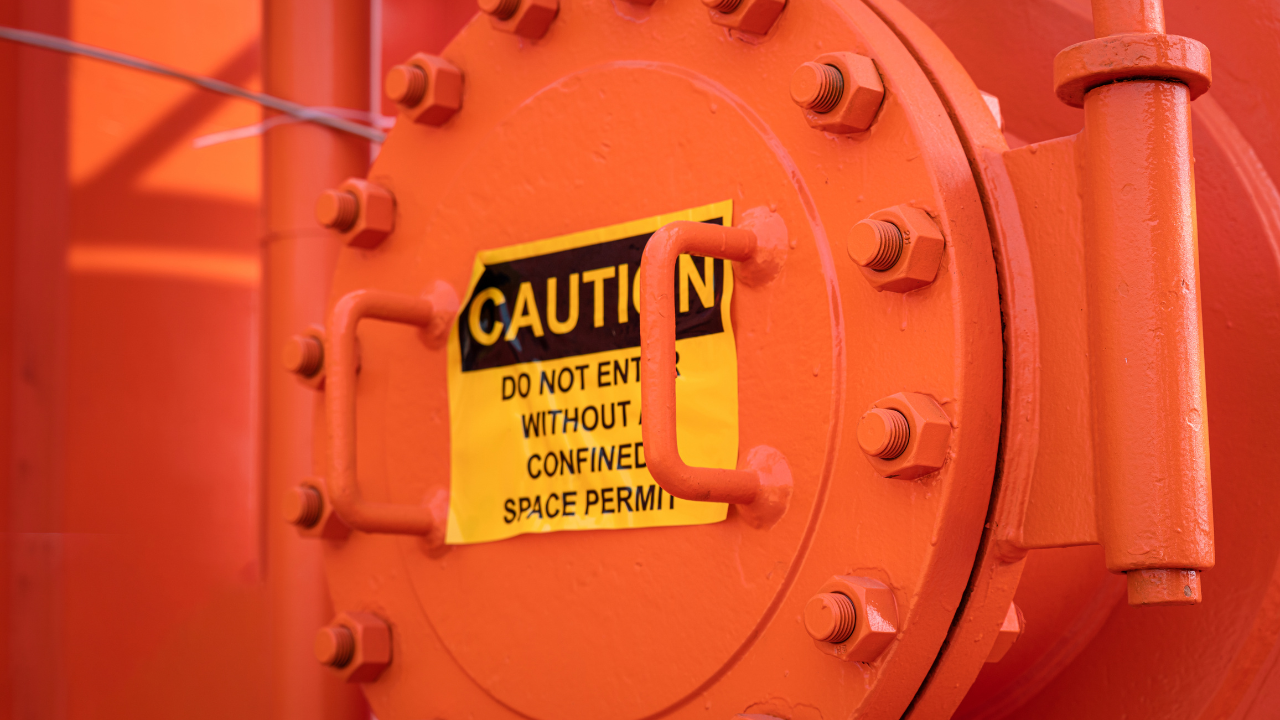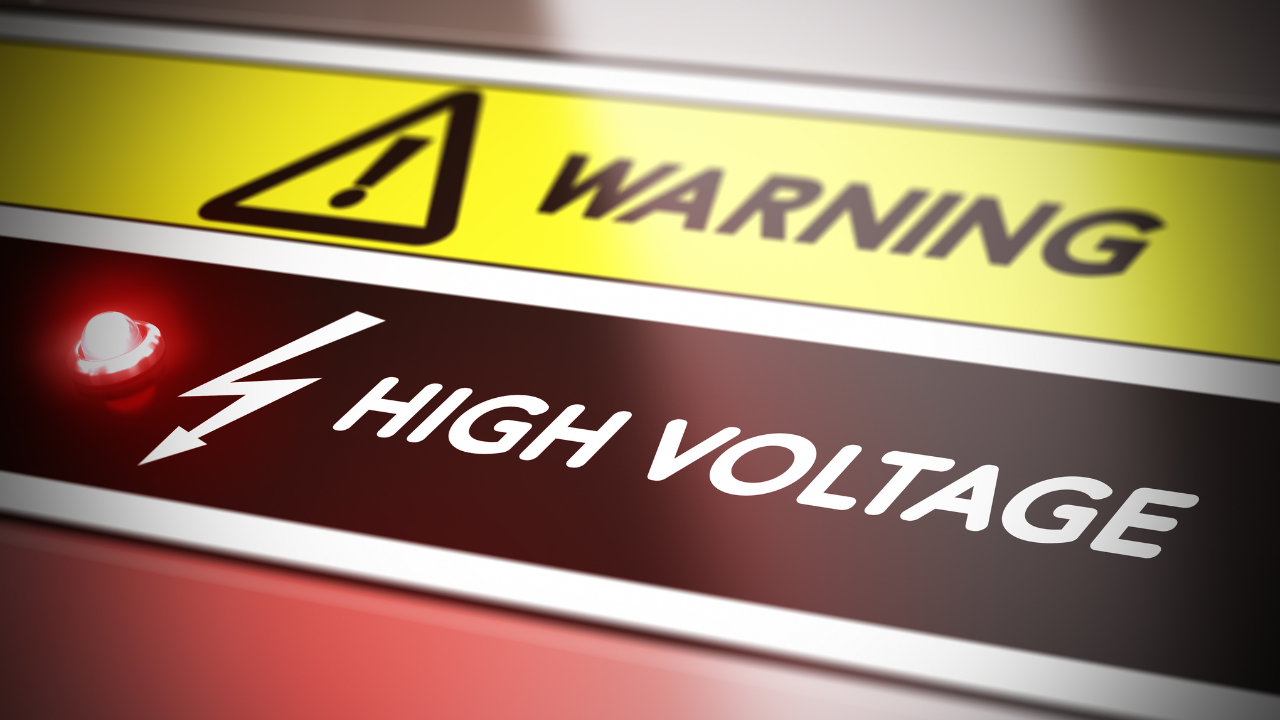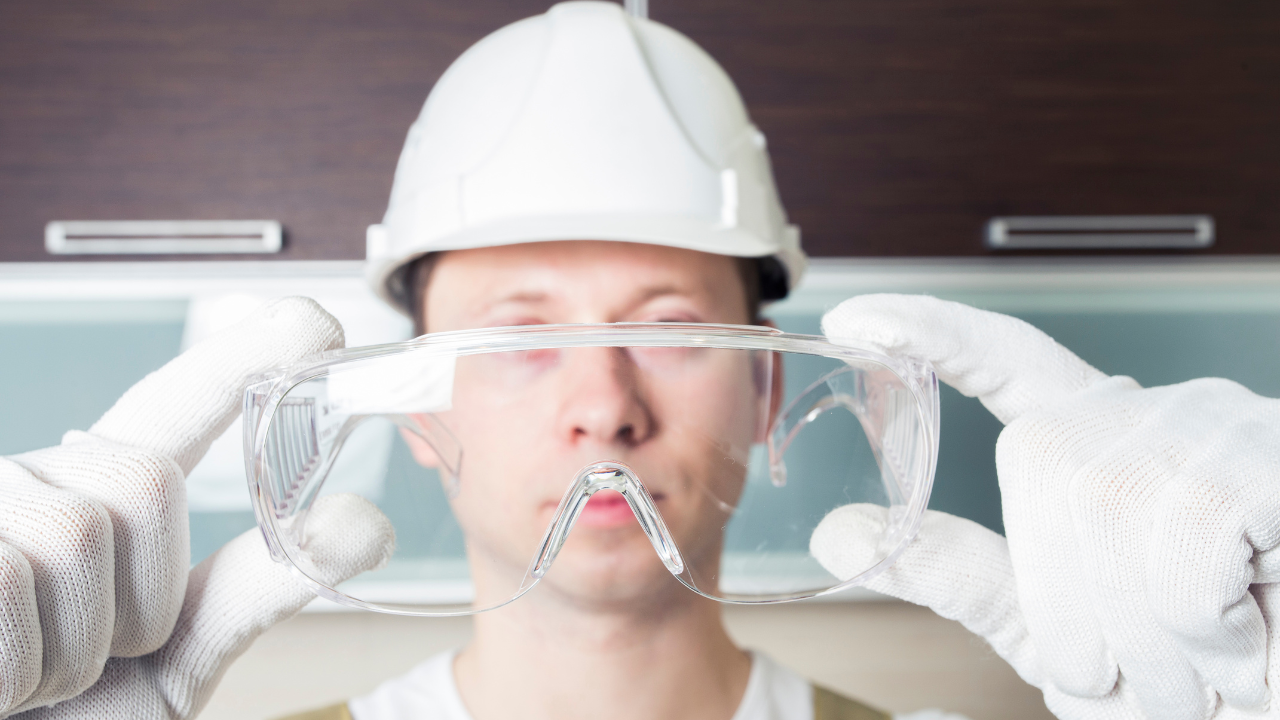How Green is Green When it Comes to Using Everyday Industrial Cleaning Products for Plant Maintenance?
John Paparone, Principal of Environmental Solution Inc.
So, how green is green when it comes to using everyday industrial cleaning products for plant maintenance? The answer is, it depends.
For example, a traditional cleaner/degreaser, of which there are literally hundreds on the market, generally does an adequate job of cleaning. However – and this is an ongoing problem – the majority of them basically move the contamination from one location to another.
The result? This cost of hydrocarbon removal is added to the clean-up process, plus your employees could be at risk of additional from toxins in the cleaner.
So, how do you clean, provide a safe product for your employees and contribute to an active pollution prevention program?
Choose products that are completely pH neutral, non-toxic and non-caustic for a start. And definitely those that contain no Hazmat properties.
In fact, this is true for industrial cleaning in any type of facility. It is that important.
Here is an easy breakdown that shows the differences in product selection:
A generic cleaner/degreaser:
- Has many different manufacturers
- Is relatively inexpensive
- Separates the bond between the floor, for instance, and the dirt, hydrocarbons, etc., that are on it
- As a liquid, with some water dilution, it uses the surfactant in its chemical formulation to keep the soil/pollutant from re-attaching, suspends it in the water and deposits it in the waste stream
- It will biodegrade, at some point; a few weeks to many weeks
- Pollutant/hydrocarbon is separated from the floor or other surface and will not biodegrade in that same time frame AND the cleaner/degreaser will NOT assist with the biodegradation of the pollutants in any way
- Pollutants are then cleaned up as part of the wastewater treatment and disposal
- Simply relocates the pollution from one location to another, causing additional work, treatment, etc.
A bioremedial cleaner/degreaser:
- Is not a generic product
- Has few manufacturers
- Performs in the cleaning process like a traditional cleaner/degreaser
*Breaks the bond
*Surfactants keep from re-attaching
*Carries pollutants to waste stream
EXCEPT:
- The bioremedial cleaner/degreaser begins immediately to digest the hydrocarbons it comes in contact with
*The by-product is water and harmless gases
*It helps the wastewater process to work more efficiently and reduces the amount of pollutant that has to be dealt with, which contributes to reduced time to process and cost savings
ADDITIONALLY:
- The pH of a traditional cleaner/degreaser can range from 8-10 or more, making it alkaline, contain hazmat products in its formulation which can be dangerous to touch in concentrated form, etc.
- A bioremedial cleaner/degreaser will be neutral pH, and safe to touch in concentrate or diluted form.
When it comes to bioremediation of toxic hydrocarbons, there are some misconceptions about the process itself:
- The act or process of bioremediation is natural to our planet. For instance, if you were to spill some oil on your lawn, Mother Nature would begin activating her natural nutrients, microbes and natural bacteria that would begin breaking down the oil by eating away at the contamination, growing a microbial colony as they go. The end result or by-product is a combination of water and harmless gases. Once the oil, which has become their food source, has been thoroughly digested, the microbes eat each other and the entire cycle is complete. However, it can take several years for Mother Nature to do this. The right kind of bioremediation products will do the same in a matter of days or weeks.
- The same lawn or a patch of soil with contamination could be augmented with numerous products that might include components such as phosphorous, oxygen and nitrogen. Here bioremediation products may also be used and could speed up the augmentation process but it will take longer than straightforward bioremediation.
- The US EPA, for instance, has encouraged the use of bioremedial products for may years. Their guide may be found at
http://www.epa.gov/tio/download/citizens/a_citizens_guide_to_bioremediation.pdf
Two examples of how the right kind of bioremediation products can help in industrial cleaning:
The U.S. Military Sealift Command has used EnviroLogics BioBased Technologies, Inc.’s NavalKleenTM and NavalKleenIITM for over eight years to address grease and oil build-up in their bilges and oily water separators, with excellent results. Their waste oil bill dropped from $19 million per year to $7 million as confirmed René Fry, Chemical and Fuel Programs Manager.
Delta Airlines created a test of their own on an old, greasy machine out back of one of their facilities. Their PSA and Environmental Coordinator, Greg Cox, combined EnviroLogic’s Spillaway+TM and FleetKleenTM products and covered the machine with the paste-like substance and left it overnight. The next morning, he was surprised to find, as he later reported, that there was no need to do any heavy cleaning nor was there a need to haul away any residue.
For plant maintenance, Fleet Kleen, cleaner/degreaser, is used in auto scrubbers for daily floor maintenance. It is also used on commercial and heavy equipment wash racks to clean equipment. It can also be mixed in a spray bottle for spot cleaning of equipment and for hard-to-reach places. The results:
- Clean floors
- Clean equipment
- Employees use a safe product
- Waste stream clean-up begins immediately
- Sustainable product contributing to positive pollution prevention program (some may rightfully extrapolate this for marketing purposes)
EnviroLogic’s products have been tested extensively in the lab. For example, during lab tests at AGES Laboratories in Pennsylvania, within minutes of being applied to petroleum hydrocarbons, EnviroLogic’s Spillaway Powder removed 90% of the contaminants within the first hour and 98% in 24 hours.
The company’s over 30 bioremediation products have been endorsed by the USDA BioPreferred Program. They pose no health risks to workers because of their unique combination of contaminant-specific, non-pathogenic, naturally occurring microorganisms that enhance bioremediation. Little, if any, training is required for their use. All that’s needed to activate the preparations is the addition of either fresh or salt water.
In industrial cleaning environments, it’s essential to keep toxic chemicals and hydrocarbons from coming into contact with people and from damaging or destroying expensive equipment and facilities. For best results, use bioremediation products for everyday maintenance and your plant will stay clean while your people keep safe.
John Paparone, Principal of Environmental Solution, Inc., sells and distributes over 30 EPA-approved EnviroLogic Biobased Technologies Inc. products to marine and other industrial industries. Contact John at 919-940-0546 or email him at [email protected].
Related Articles

All About Eye Protection

Arc Flash/Arc Blast Review with Safety Suggestions for Design & Maintenance

CSA Launches First Confined Spaces Standard in Canada

Do You Need NFPA 70E?

Electrical Hazards

Eye Injuries are a Serious Threat to American Workers




